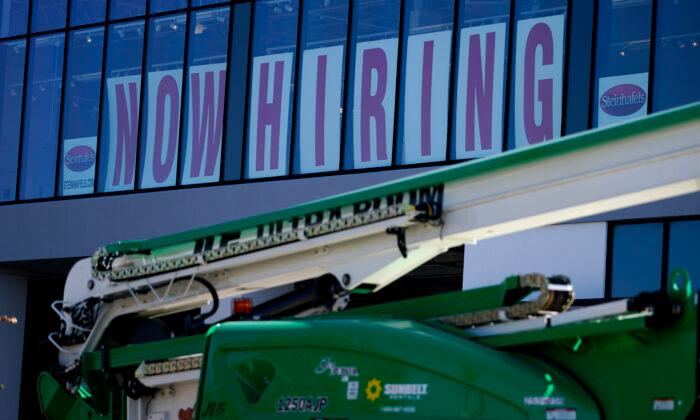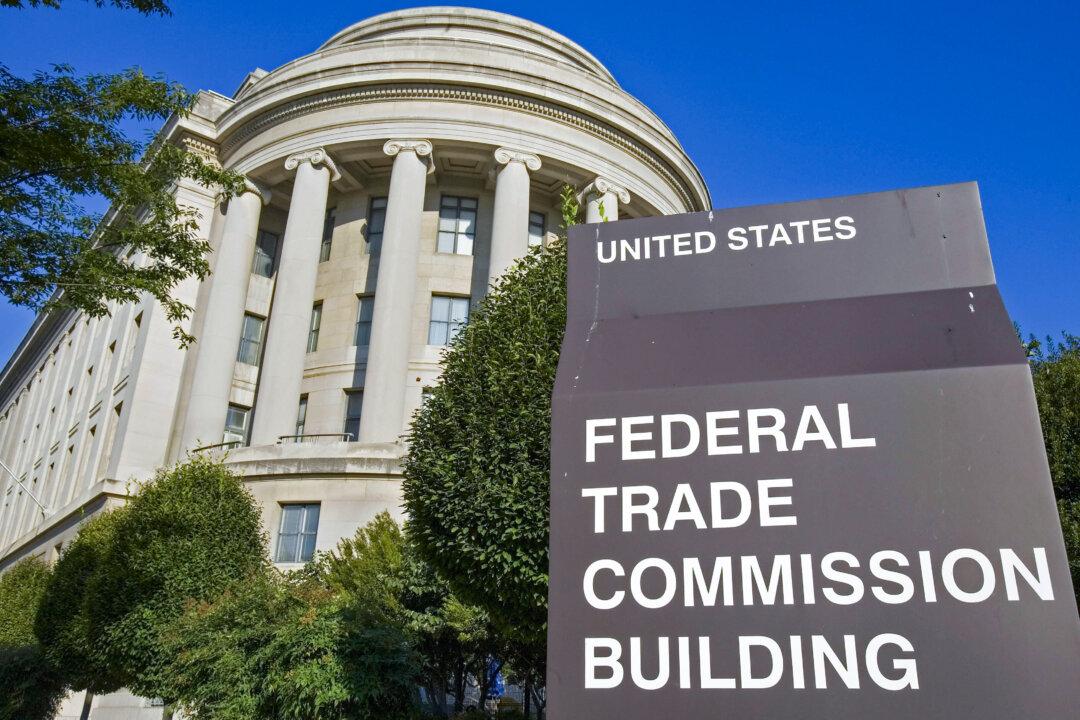The number of workers applying for unemployment benefits in the United States dropped sharply last week to a level not seen in 52 years, adding to signs of a tightening labor market and suggesting businesses were reluctant to let go of workers.
This is the lowest level for initial jobless filings since the week of Sept. 6, 1969, when 182,000 claims were filed. The data dovetails with other labor market data showing American workers quit their jobs at a near-record pace in October while job openings rebounded to near-record highs, adding to signs of labor market tightness.
“This is truly a ‘Great Back’ jobless claims reading,” Bankrate Senior Economic Analyst Mark Hamrick told The Epoch Times in an emailed statement. “The level of new job loss is very low, healing from shocking and heartbreaking crisis levels last year.”
Driven by pandemic lockdowns and a range of business restrictions, the week ending April 4, 2020, saw a record 6.15 million jobless claims.
A weak patch in Thursday’s release was continuing claims, which run a week behind the initial filings figure and reflect the total number of people receiving benefits through traditional state programs. These rose by 38,000 to 1.99 million.
The historically elevated number of job openings and the high quits rate affirm “that workers are very often in the driver’s seat seeking or retaining jobs,” Hamrick said.
“Establishments are cautious about letting people go because of the challenge filling opening positions. This is helping to keep a lid on new applications for unemployment benefits,” he added.






Friends Read Free